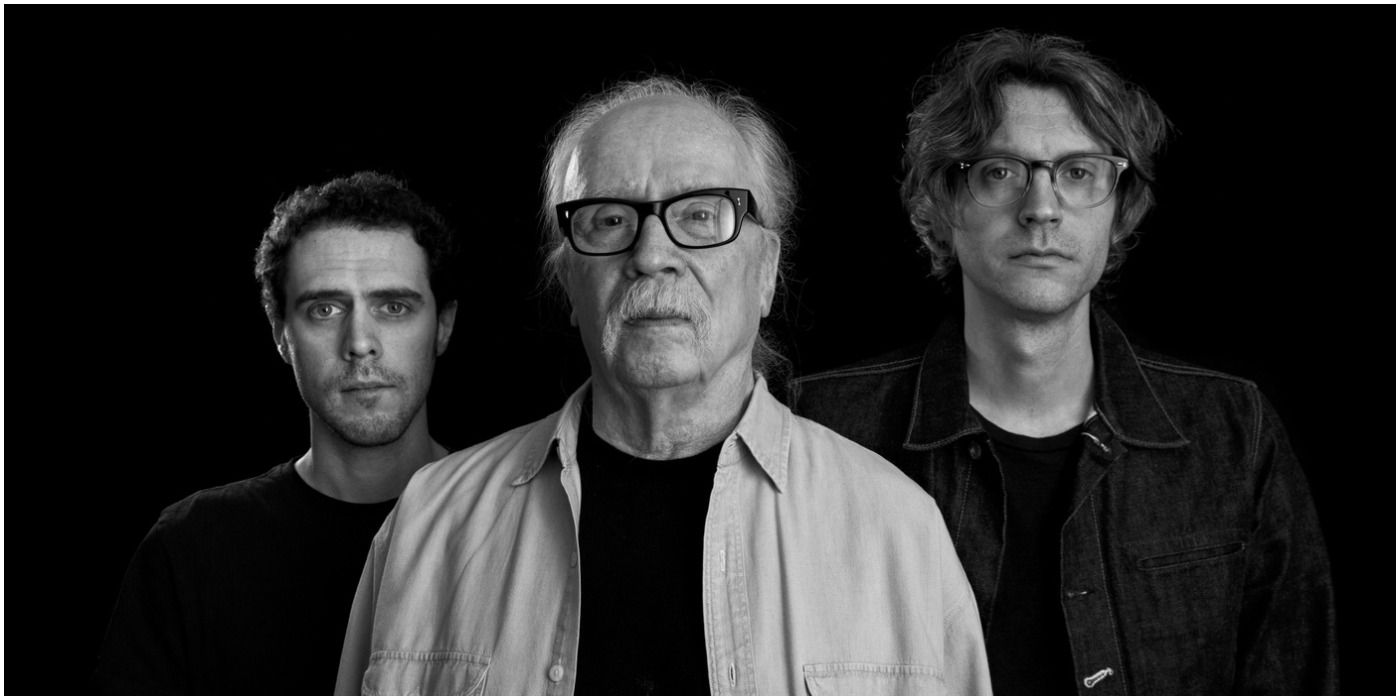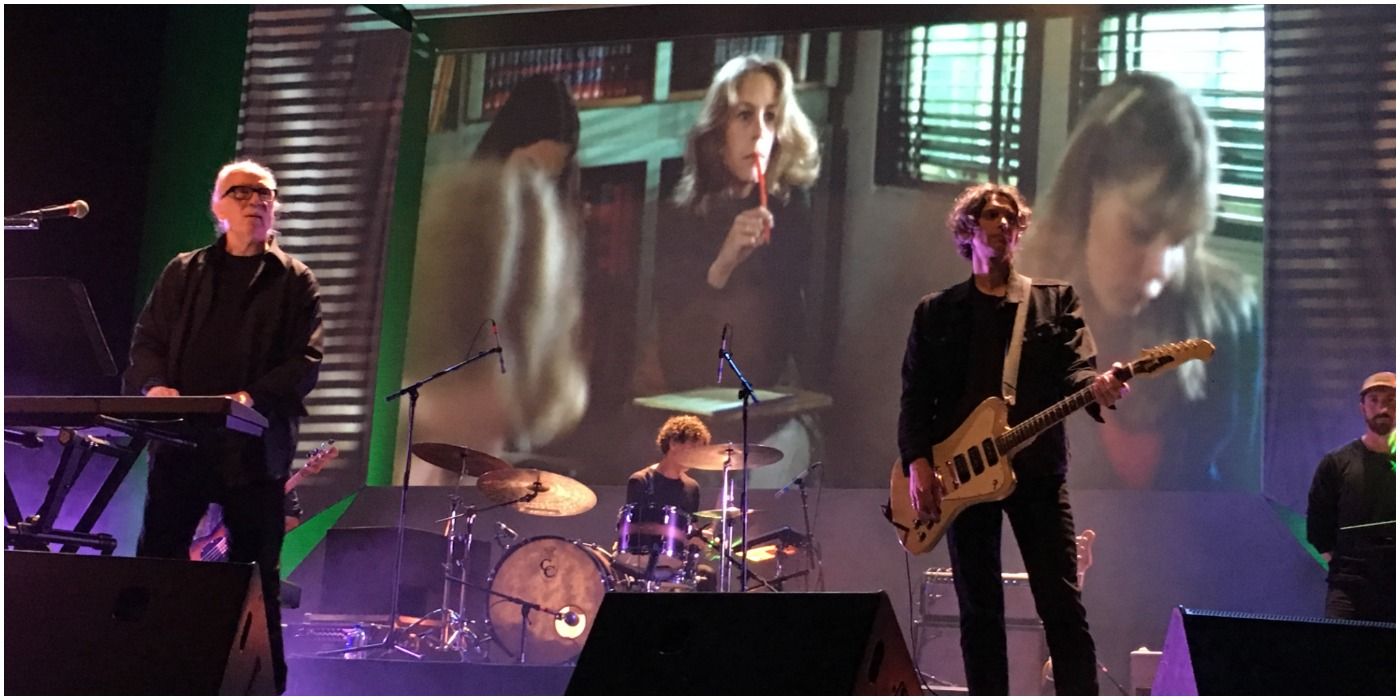John Carpenter’s original cut of Halloween was shown to a film executive without sound effects or a score. The indifferent reaction to his film compelled him to save the future classic with music.
Carpenter had already achieved some success with his second feature, Assault on Precinct 13, when he was approached by producer Irwin Yablans to make a horror film. Yablans was interested in making a film that revolved around a maniac stalking a group of babysitters, and suggested The Babysitter Murders as the title. Carpenter thought the idea sounded promising and, along with creative partner Debra Hill, who had worked with him as a script consultant on Assault, wrote the screenplay that eventually became Halloween.
The young director had completed production on his new film in early spring of 1978. After 20 days of principal photography, Tommy Lee Wallace, Charles Bornstein and Carpenter spent the rest of the spring and summer editing the picture. When he had a work print, without sound effects or music, he showed it to an executive from 20th Century Fox – recently acquired by Disney. She wasn’t scared at all by the cut. Carpenter, whose most recent composition was for Shudder, was determined to save the film with music, so he decided to score the film himself. He had composed and performed the music for his two previous films, but neither was in a genre where the music played such a pivotal role. Using his two major influences, composers Bernard Herman (Psycho) and Ennio Morricone, he set his sights on creating something memorable.
How John Carpenter Saved Halloween with Music
With a limited two week schedule, the score for Halloween was composed and recorded using synthesizers and only a few additional instruments. Dan Wyman, who had also helped Carpenter with the score for Assault, worked as a creative consultant on the tracks; they were responsible for programming the synthesizers and recording, among other things. Wyman, who was the co-founder of Sound Arts Studios where the score was completed, would go on to compose the soundtracks for other thrillers including Without Warning (1980) and Hell Night (1981). He is credited as “orchestrator” on Halloween and Carpenter’s direct follow-up, The Fog (1980).
After the film was completed, Carpenter and his team were satisfied with the final cut. Carpenter even showed it to the executive again; this time, she was very impressed with the results. Adding the propulsive score to the film completely transformed the images within the frame, giving a much needed intensity to the narrative and enhancing the shocks with exclamatory stingers. The soundtrack proved to be highly influential, inspiring an entire decade of synth-composed thrillers and action films. Carpenter would team with composer Alan Howarth to create the memorable synth scores for Halloween II (1981) and its unrelated follow-up, Halloween III: Season of the Witch (1982).
Though he stayed away from the franchise for years, he came back in 2018 to score the Blumhouse-produced Halloween, the direct follow-up to his original classic. Along with his son Cody Carpenter and godson Daniel Davies, both of whom contributed to his recent solo albums, Carpenter returned to some of the themes he crafted during that two-week period in 1978. Carpenter, along with his two collaborators, will be returning to compose the soundtrack to the sequel, Halloween Kills.


